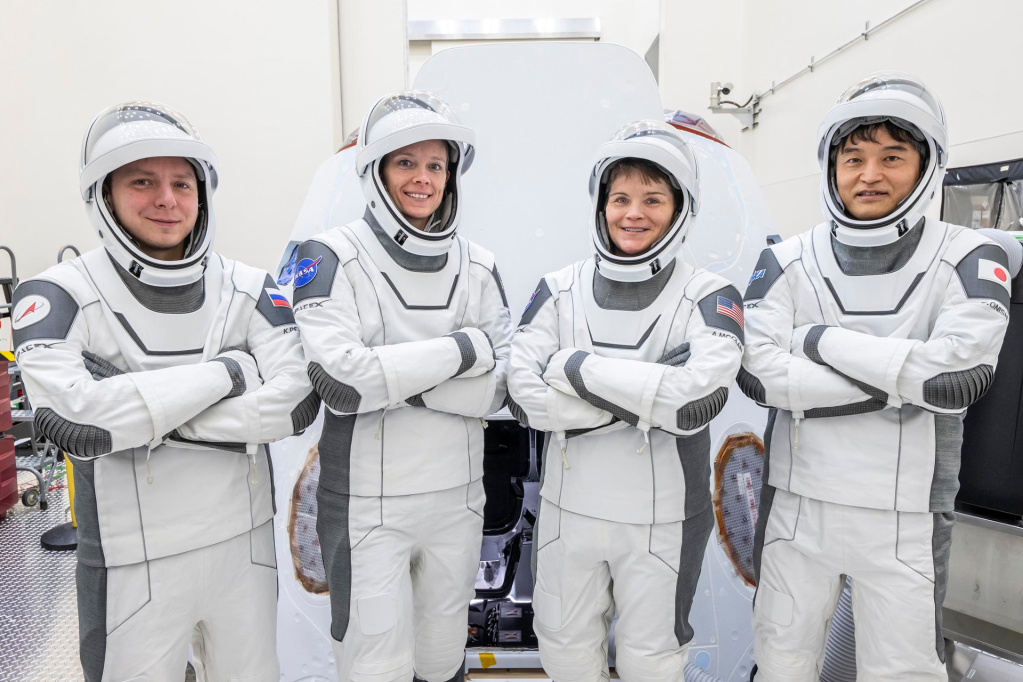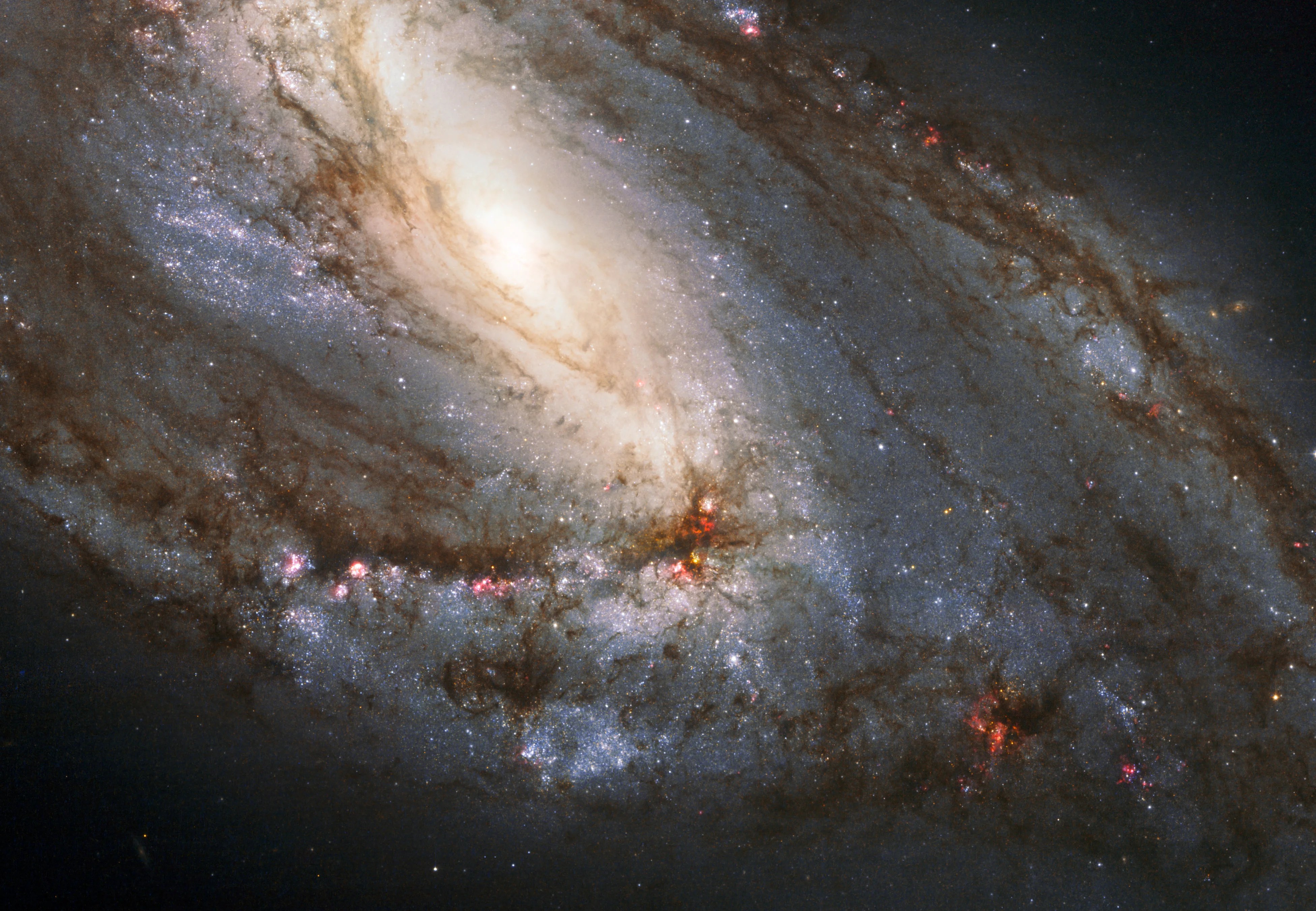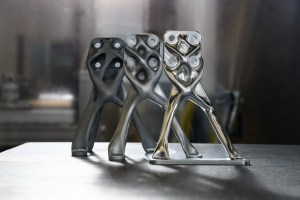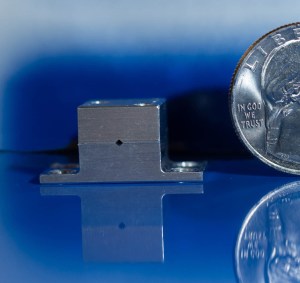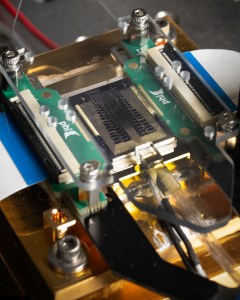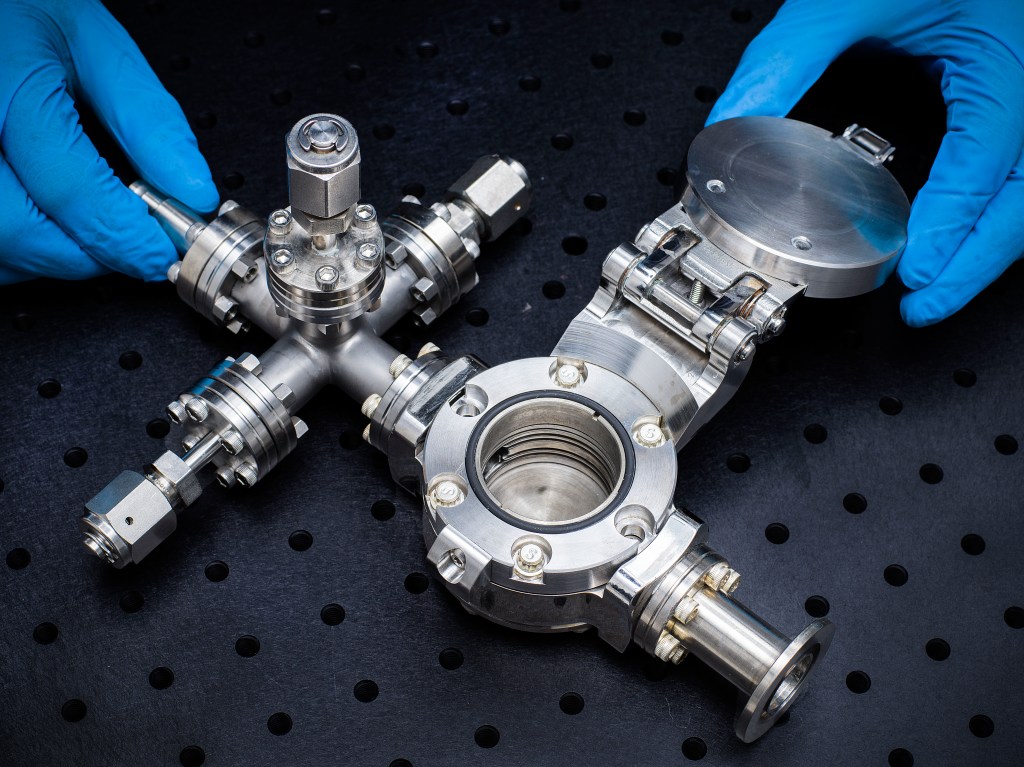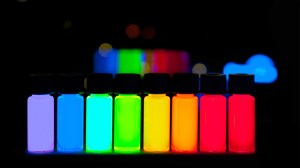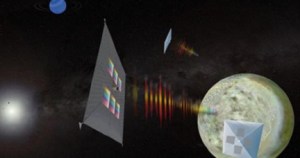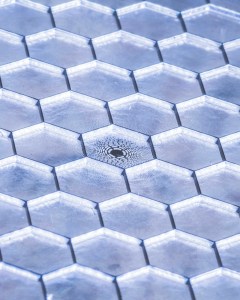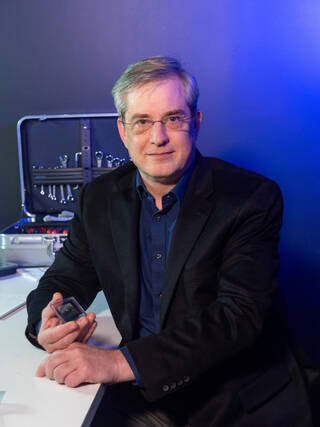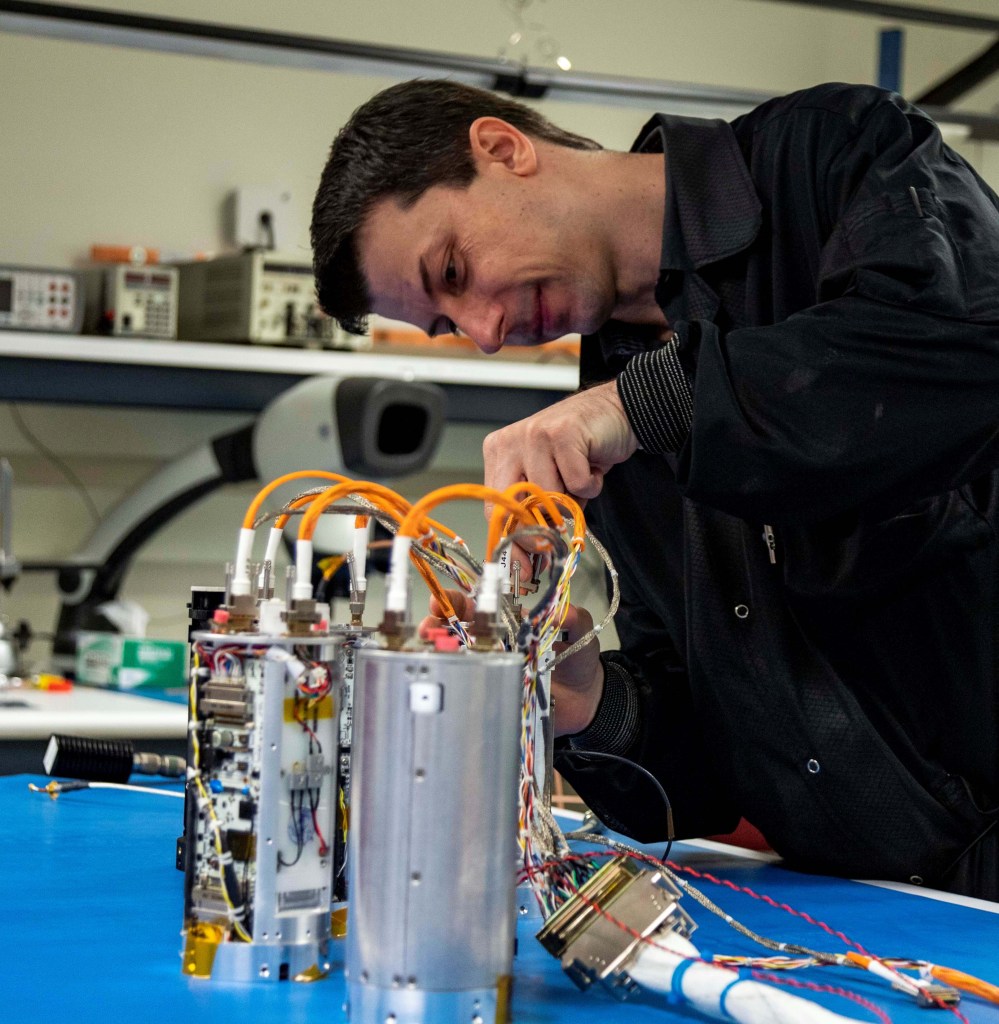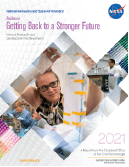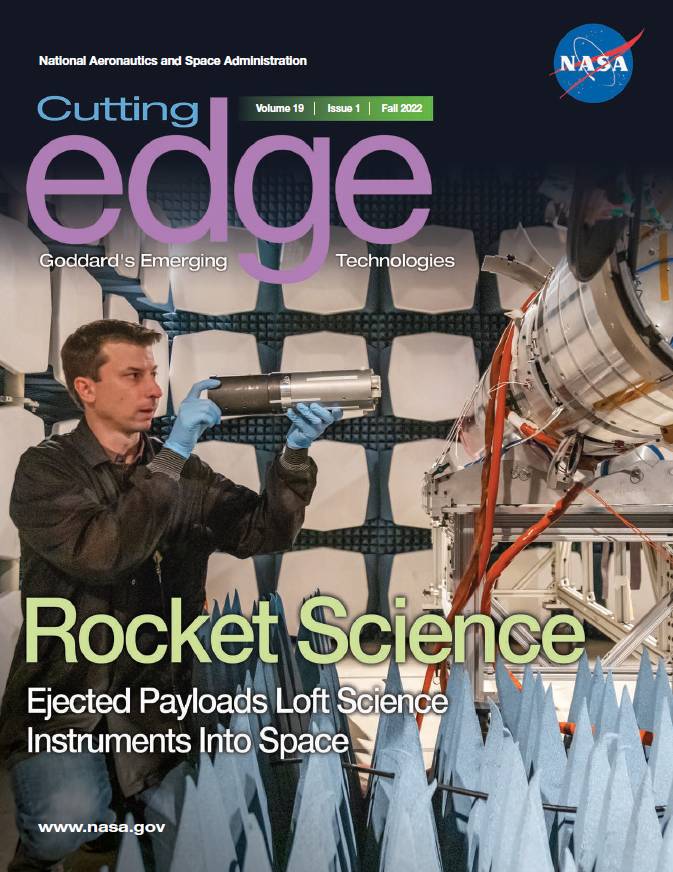Goddard Technology Showcase
Subscribe to New Releases
To receive email updates about stories like these, fresh from the Office of the Chief Technologist at NASA’s Goddard Space Flight Center, email karl.b.hille@nasa.gov.
Meet Goddard innovators >
Latest Goddard Innovations
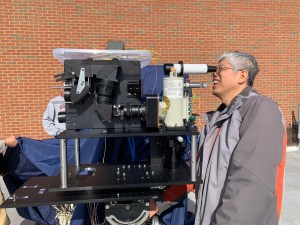
NASA researchers Guan Yang, Jeff Chen, and their team received the 2024 Innovator of The Year Award at the agency’s…
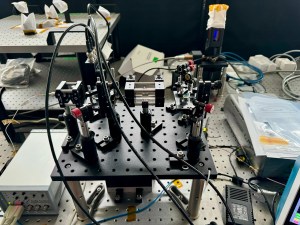
Here on Earth, it might not matter if your wristwatch runs a few seconds slow. But crucial spacecraft functions need…
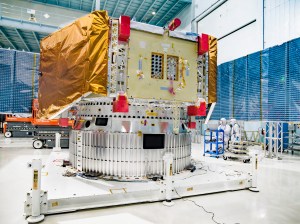
The spacecraft bus that will deliver NASA’s Nancy Grace Roman Space Telescope to its orbit and enable it to function…

In a dim, barren landscape like the surface of the Moon, it can be easy to get lost. With few…
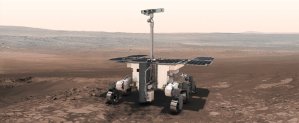
When a robotic rover lands on another world, scientists have a limited amount of time to collect data from the…
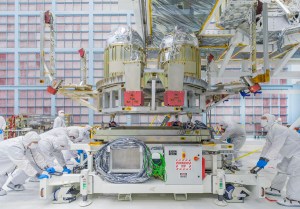
Technicians armed with advanced measuring equipment, augmented reality headsets, and QR codes virtually checked the fit of some Roman Space…
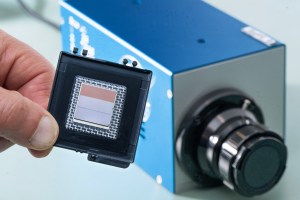
A new, higher-resolution infrared camera outfitted with a variety of lightweight filters could probe sunlight reflected off Earth’s upper atmosphere…
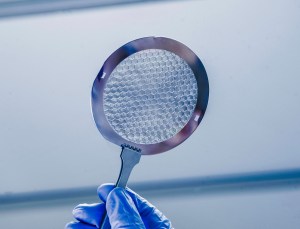
Photon sieves focus extreme ultraviolet light and can enable Sun science.
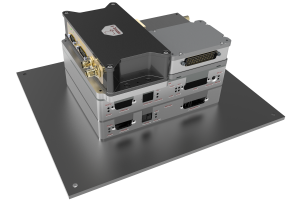
Large amounts of data collected by today’s sensitive science instruments present a data-handling challenge to small rocket and balloon mission…
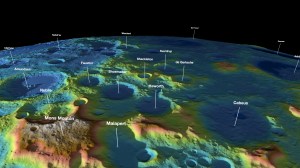
NASA engineers will test a suite of new laser technologies from an aircraft this summer for Earth science remote sensing.…
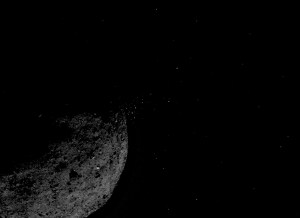
Goddard's GIANT optical navigation software helped guide the OSIRIS-REx mission to the Asteroid Bennu. Today its developers continue to add…
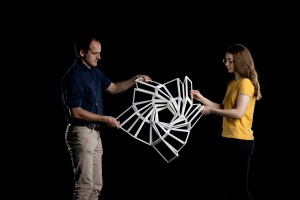
Cutting edge innovations by NASA researchers seek to refine lidars into smaller, lighter, more versatile tools for exploration.
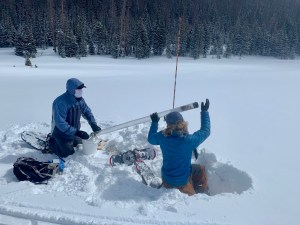
NASA scientists are testing a technology that from orbit could more accurately measure water stored in snow.
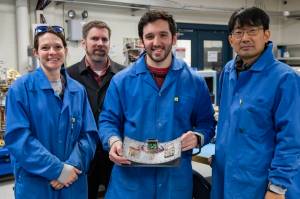
Printing electronic circuits on the walls and structures of spacecraft could help future missions do more in smaller packages.
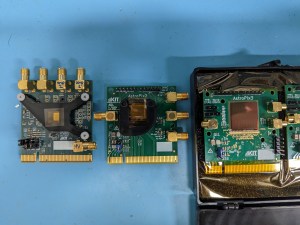
NASA scientists are developing upgraded gamma-ray sensors to reveal more details about black hole outbursts and exploding stars.
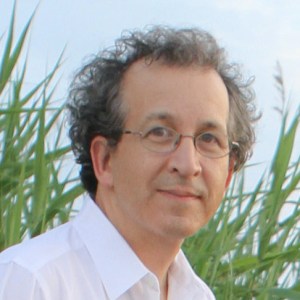
When it comes to making real-time decisions about unfamiliar data – say, choosing a path to hike up a mountain…
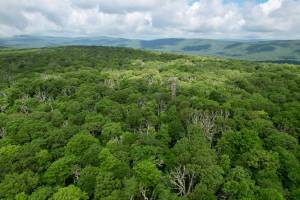
Using hyperspectral and shortwave IR cameras, aircraft and satellites could analyze forest health through the light they give off
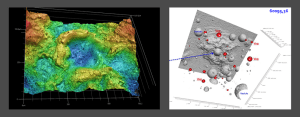
using tools to assess damage like micrometeorite impacts in lunar samples hold keys to safer habitats and protective gear for…
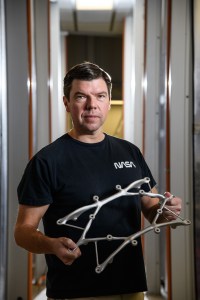
Hardware designed by AI may resemble alien bones, but they weigh less, tolerate more stress, and require a fraction of…
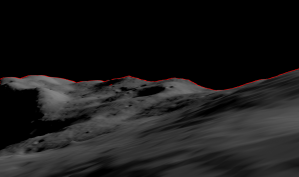
A NASA engineer is teaching an AI machine to use features on the Moon’s horizon to navigate across the lunar…
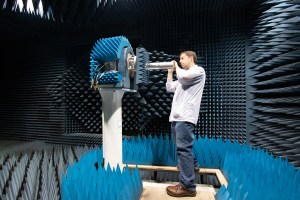
Newly proven technology developed at NASA’s Wallops Flight Facility near Chincoteague, Virginia, turns a single sounding rocket into a hive…
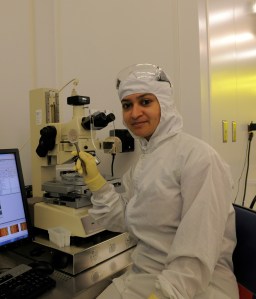
New technology could coat the “skin” of a satellite with quantum dots, turning its entire surface into a sensor that…
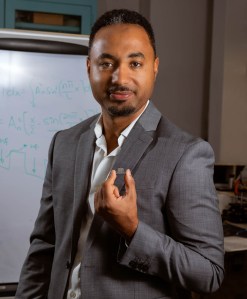
Finding water on the Moon could be easier with a Goddard technology that uses an effect called quantum tunneling to…
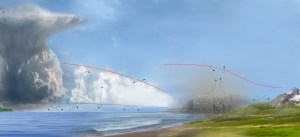
The part of the atmosphere closest to the planet is the hardest to measure from space due to the volume…
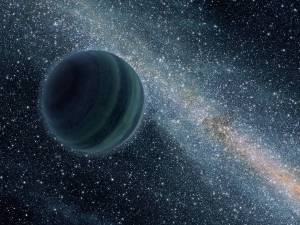
Relatively few alien worlds have been detected floating freely through the galaxy as rogue planets. Many astronomers believe that these…
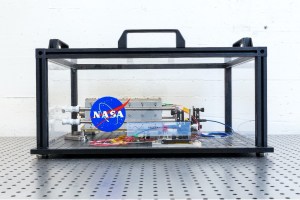
Goddard engineers delivered the first prototype laser for the European Space Agency-led Laser Interferometer Space Antenna, or LISA, mission. This…
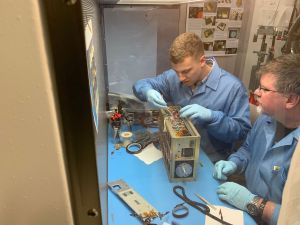
The Cusp Plasma Imaging Detector, or CuPID, will orbit about 340 miles above Earth to will image the boundary where…
Goddard Innovators
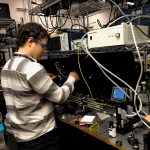
Early-Career NASA Innovator Experiments with Force Fields for Moving Matter

NASA’s Dellingr Team Awarded IRAD Team Award

NASA Engineer Develops Tiny, High-Powered Laser to Find Water on the Moon

NASA Engineer’s Quantum Dot Instrument Enables Spacecraft-as-Sensor Concept







